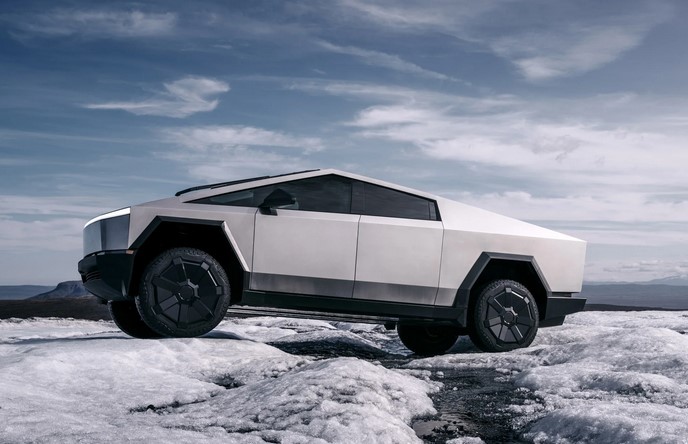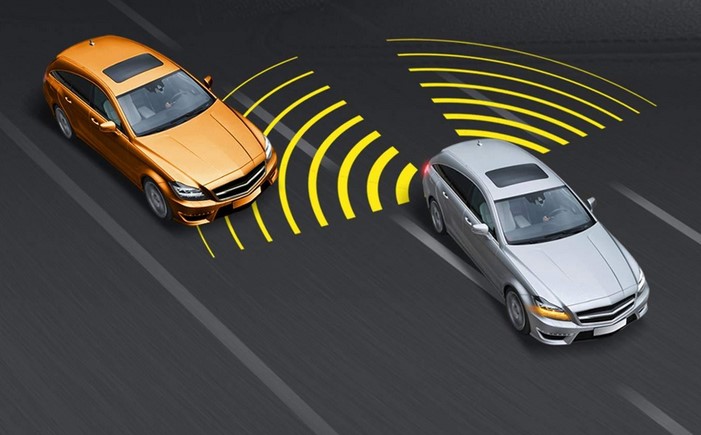 Professional drivers and dedicated sim-racing enthusiasts increasingly rely on advanced digital tools to sharpen their skills, and the Best racing simulators for training are now powerful enough to replicate real-track experiences with surprising accuracy. As motorsport technology continues to evolve, modern simulation platforms offer race-grade physics, detailed telemetric data, and customizable hardware that allow drivers to refine everything from braking points to race craft. This article explores state-of-the-art training simulators, breaks down what makes them effective, and highlights how serious drivers can strategically integrate them into their development plans.
Professional drivers and dedicated sim-racing enthusiasts increasingly rely on advanced digital tools to sharpen their skills, and the Best racing simulators for training are now powerful enough to replicate real-track experiences with surprising accuracy. As motorsport technology continues to evolve, modern simulation platforms offer race-grade physics, detailed telemetric data, and customizable hardware that allow drivers to refine everything from braking points to race craft. This article explores state-of-the-art training simulators, breaks down what makes them effective, and highlights how serious drivers can strategically integrate them into their development plans.
1. Why High-Fidelity Simulators Matter for Driver Development
Real-world track time is expensive, logistically demanding, and limited by weather, equipment availability, and safety constraints. High-fidelity racing simulators fill this gap by providing a controlled environment where drivers can train anytime, repeat scenarios endlessly, and analyze performance with precision.
Key Benefits of Modern Racing Simulators
- Consistent, repeatable conditions: Drivers can practice the same corner, sector, or race scenario hundreds of times without variables like track temperature or tire degradation altering the learning process.
- Advanced physics engines: Elite simulators now model suspension dynamics, aerodynamics, tire behavior, and even subtle weight transfer just as they would occur in a real vehicle.
- Lower operating costs: Once the rig is built, training sessions cost little to nothing except for electricity.
- Enhanced data analytics: Telemetry tools—similar to those used in professional motorsports—allow drivers to download and compare laps, analyze braking pressure, throttle application, and steering angles, and identify areas for improvement.
- Safe environment for risk-heavy training: Drivers can practice overtaking, wet conditions, or late-braking techniques that might be too risky on a real track.
These advantages have elevated simulators from mere gaming devices to legitimate training platforms utilized by F1 teams, GT drivers, and rally professionals.
2. Leading Simulator Platforms for Serious Drivers
Not all simulators are created equal. Some prioritize online competition, while others focus on detailed physics modeling or real-car integration. Serious drivers should choose systems that offer realistic handling, scalable difficulty, and high compatibility with professional hardware.
a. iRacing
iRacing remains a top-tier choice for drivers seeking structured competition and laser-scanned tracks. Its subscription-based model ensures consistent updates, professional stewarding, and one of the most realistic tire models in the industry. Many real-world pros use iRacing to maintain race sharpness between events.
Strengths:
- Highly accurate track recreations
- Strong multiplayer ecosystem
- Robust licensing and safety rating system
b. Assetto Corsa Competizione (ACC)
Designed specifically for GT racing, ACC delivers exceptional handling fidelity for GT3 and GT4 cars. It excels in portraying tire temperature cycles, traction control behavior, and ABS feedback—critical areas for drivers competing in endurance or GT championships.
Strengths:
- Realistic GT3/GT4 physics
- Excellent weather and night-racing simulation
- Deep telemetry support
c. rFactor 2
rFactor 2 is known for its complex physics engine and modular platform that allows teams to import custom vehicles and track data. This makes it a favorite for professional motorsport organizations that require tailor-made training environments.
Strengths:
- Highly customizable physics
- Strong force feedback
- Used extensively in professional driver training
d. Richard Burns Rally (RBR)
Although older, RBR remains unmatched in rally simulation accuracy. Its precise terrain modeling and unforgiving physics make it a staple for rally drivers seeking to hone pace-note timing, car control, and reaction speed.
Strengths:
- Best-in-class rally physics
- Active modding community
- Demands superior technical driving skill
3. Hardware That Elevates the Training Experience
Even the best software requires equally capable hardware to unlock its full potential. Serious drivers should invest in components that offer durability, precision, and realistic feedback.
a. Direct-Drive Wheelbases
Direct-drive wheels transmit force feedback directly from the motor to the steering shaft, allowing drivers to feel minute surface details, grip loss, and chassis flex. They closely mimic the resistance and weight of a real steering rack.
b. Load-Cell or Hydraulic Pedals
Traditional potentiometer pedals lack the nuance required for precision braking. Load-cell or hydraulic systems simulate real brake pressure, enabling drivers to refine threshold braking and trail-braking techniques.
c. Motion Platforms and Haptic Systems
Full motion rigs replicate chassis movement, but even simpler systems—such as seat shakers or pedal vibration modules—can enhance immersion and improve a driver’s ability to sense traction changes.
d. Triple-Screen or VR Displays
Triple-monitor setups expand peripheral vision, while VR provides unmatched depth perception, essential for apex identification and spatial awareness.
As technology advances, the gap between virtual and real racing continues to shrink, making high-fidelity simulators indispensable for motorsport development. Whether a driver is preparing for a GT championship, sharpening race craft, or simply striving to improve consistency, the Best racing simulators for training offer a powerful, cost-effective pathway to performance gains. By combining the right software, professional-grade hardware, and structured training routines, modern drivers can build real-world skills in a safe and highly controlled environment—solidifying simulators as one of the most valuable tools in contemporary motorsport.



 Hybrid cars have become a popular choice for drivers looking to strike a balance between fuel economy and performance. With rising fuel costs and growing environmental concerns, hybrid car efficiency offers a compelling solution for those seeking to reduce their carbon footprint while still enjoying a powerful driving experience. A hybrid vehicle combines an internal combustion engine with an electric motor, which can work independently or together to optimize fuel usage. In this article, we will explore how hybrid car efficiency works, the factors that influence it, and strategies for maximizing both fuel savings and performance.
Hybrid cars have become a popular choice for drivers looking to strike a balance between fuel economy and performance. With rising fuel costs and growing environmental concerns, hybrid car efficiency offers a compelling solution for those seeking to reduce their carbon footprint while still enjoying a powerful driving experience. A hybrid vehicle combines an internal combustion engine with an electric motor, which can work independently or together to optimize fuel usage. In this article, we will explore how hybrid car efficiency works, the factors that influence it, and strategies for maximizing both fuel savings and performance.



